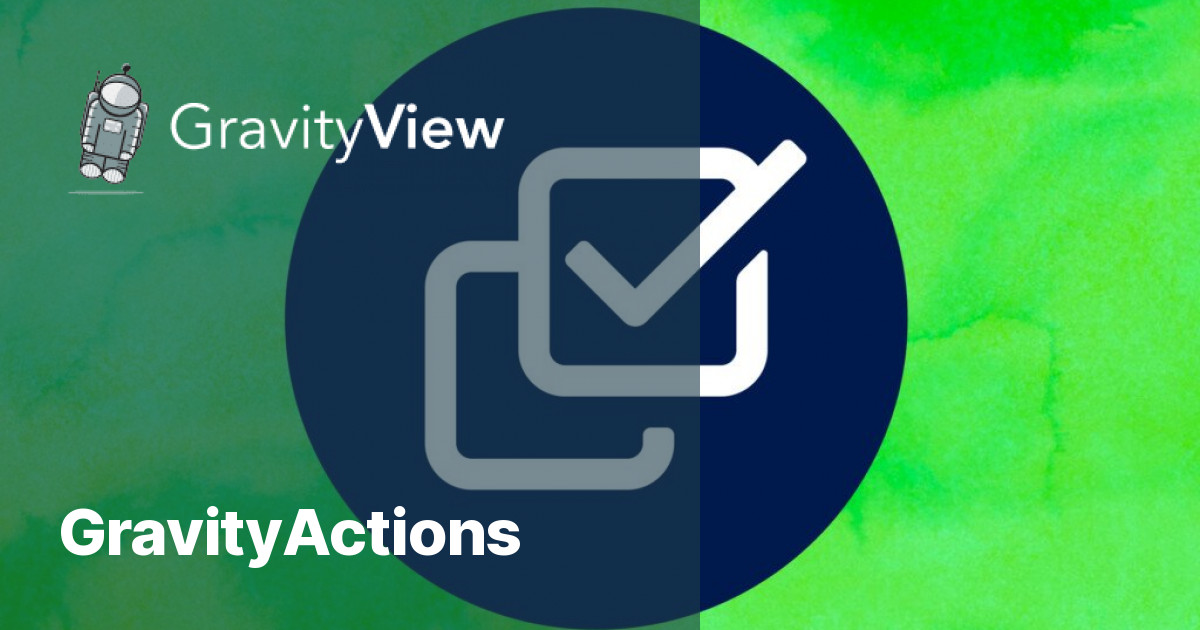GravityKit GravityActions: A Comprehensive Guide
WordPress has become one of the most popular content management systems in the world, and a significant part of its success is due to its extensive plugin ecosystem. One such powerful plugin is GravityKit GravityActions. This article will delve into the features, benefits, and use cases of GravityKit GravityActions, providing a comprehensive understanding of its capabilities.
What is GravityKit GravityActions?
GravityKit GravityActions is an add-on for the Gravity Forms plugin, which is one of the most popular form-building plugins for WordPress. GravityActions extends the functionality of Gravity Forms by allowing users to create custom actions that can be triggered based on form submissions. This makes it an incredibly powerful tool for automating tasks and enhancing the interactivity of your website.
Key Features of GravityKit GravityActions
GravityKit GravityActions comes packed with a variety of features that make it a must-have for any WordPress site using Gravity Forms. Here are some of the key features:
- Custom Actions: Create custom actions that can be triggered based on form submissions.
- Conditional Logic: Use conditional logic to determine when actions should be triggered.
- Integration with Third-Party Services: Easily integrate with third-party services like Zapier, Slack, and more.
- Webhooks: Send data to external URLs using webhooks.
- Custom Notifications: Send custom notifications based on form submissions.
- Data Manipulation: Manipulate form data before it is processed.
Benefits of Using GravityKit GravityActions
There are several benefits to using GravityKit GravityActions on your WordPress site:
- Automation: Automate repetitive tasks, saving time and reducing the potential for human error.
- Enhanced Interactivity: Create a more interactive and engaging user experience.
- Improved Data Handling: Manipulate and process form data more effectively.
- Scalability: Easily scale your form functionality as your site grows.
- Integration: Seamlessly integrate with other tools and services you are already using.
How to Install GravityKit GravityActions
Installing GravityKit GravityActions is straightforward. Follow these steps to get started:
- Ensure you have Gravity Forms installed and activated on your WordPress site.
- Purchase and download the GravityKit GravityActions plugin from the official website.
- Log in to your WordPress admin dashboard.
- Navigate to Plugins > Add New.
- Click on the Upload Plugin button and select the GravityActions ZIP file you downloaded.
- Click Install Now and then Activate the plugin.
Setting Up Your First Action
Once you have installed and activated GravityKit GravityActions, you can start setting up your first action. Here’s how:
- Go to Forms in your WordPress admin dashboard and select the form you want to add an action to.
- Click on Settings and then GravityActions.
- Click on Add New Action.
- Configure the action settings, including the action name, trigger conditions, and any additional settings specific to the action type.
- Click Save to create the action.
Common Use Cases for GravityKit GravityActions
GravityKit GravityActions can be used in a variety of scenarios to enhance your WordPress site. Here are some common use cases:
1. Sending Custom Notifications
One of the most common uses for GravityKit GravityActions is sending custom notifications based on form submissions. For example, you can send a notification to a specific team member when a form is submitted with certain criteria.
2. Integrating with Third-Party Services
GravityKit GravityActions makes it easy to integrate with third-party services like Zapier, Slack, and more. This allows you to automate workflows and connect your forms with other tools you are using.
3. Data Manipulation
With GravityKit GravityActions, you can manipulate form data before it is processed. This can be useful for tasks like formatting data, performing calculations, or modifying form entries based on specific conditions.
4. Sending Data to External URLs
Using webhooks, you can send form data to external URLs. This is useful for integrating with custom APIs or other external systems.
Advanced Features
In addition to the basic features, GravityKit GravityActions also offers several advanced features for more complex use cases:
- Custom PHP Functions: Execute custom PHP functions based on form submissions.
- Advanced Conditional Logic: Use advanced conditional logic to create more complex trigger conditions.
- Chained Actions: Chain multiple actions together to create complex workflows.
- Logging and Debugging: Enable logging and debugging to troubleshoot issues and monitor action execution.
Best Practices for Using GravityKit GravityActions
To get the most out of GravityKit GravityActions, consider the following best practices:
- Plan Your Actions: Before creating actions, take the time to plan out what you want to achieve and how the actions will work together.
- Test Thoroughly: Always test your actions thoroughly to ensure they work as expected and do not cause any unintended side effects.
- Use Conditional Logic: Take advantage of conditional logic to create more dynamic and responsive actions.
- Keep It Simple: Start with simple actions and gradually add complexity as needed. This will make it easier to troubleshoot and maintain your actions.
- Monitor Performance: Keep an eye on the performance of your actions to ensure they do not negatively impact your site’s performance.
Conclusion
GravityKit GravityActions is a powerful add-on for Gravity Forms that can significantly enhance the functionality of your WordPress site. With its ability to create custom actions, integrate with third-party services, and manipulate form data, it offers a wide range of possibilities for automating tasks and improving user interactivity. By following best practices and leveraging its advanced features, you can unlock the full potential of GravityKit GravityActions and take your WordPress site to the next level.







